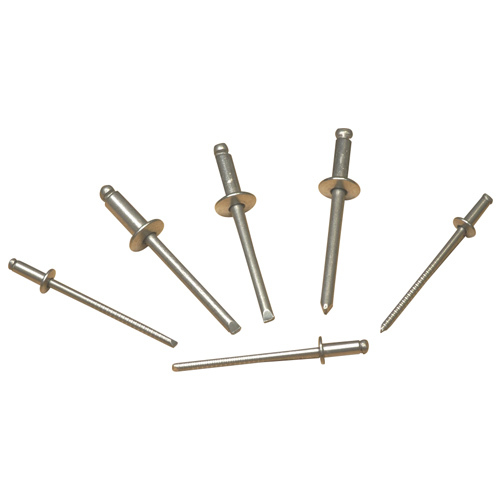

Speeds for Floppy Disk Drives normally are 250KBps for the 720KBĭisk size and 500KBps for the 1.44MB disk size. The transfer speeds are relatively slow, and the data storage capacity vary low. In addition the semiconductor memory within the USB drive will not have the shock and vibration issues that the mechanical floppy drive has. Even the smallest USB Thumb Drive on the market has more memory and cost less than a floppy drive. Production but not recommended for new designs. Content is for informational or entertainment purposes only and does not substitute for personal counsel or professional advice in business, financial, legal, or technical matters.The floppy drive is considered a legacy product at this point, still in This article is accurate and true to the best of the author’s knowledge. For USB's between 0 - 512MB: Go for FAT.


NTFS is more flexible but it can get more complicated depending on your situation and work habits. You should choose according to your needs. During the "Quick Format" process, no scan is carried out, and only data is removed. Can read as well as write files bigger than 4GB.ĭuring a normal format process, the data in a memory stick is removed and a scan is performed for bad sectors.Can create permissions for individual files and folders.Can read as well as write files bigger than 32GB and up to maximal partition size.Can create partitions greater than 32GB.Provides increased security and reliability with file encryption.Less disk writing operations which makes the USB drive faster and uses less memory.Compatible with virtually all operating systems.Takes up less space on the USB flash drive.If the data storage capacity of your USB flash drive is larger than 32GB, then you won't see FAT or FAT32 in the formatting options. In Windows 7, you'll find four different file systems: FAT, FAT32, NTFS, and exFAT. Which File System Should You Choose for Formatting? This can be done easily using the following steps: If you are formatting to the NTFS file system, then you'll need to enable the "removal policy" of the USB flash drive to the "better performance" option. Press Y=Yes or N=No to proceed with or stop the formatting.Type " format Z: /fs:EXFAT" for formatting to EXFAT.Type " format Z: /fs:NTFS" for formatting to NTFS.Type " format Z: /fs:FAT32" for formatting to FAT32.Type " format Z: /fs:FAT" for formatting to FAT*.Go to "start" > "all accessories" > "command prompt".Here is how you can format a USB flash drive with command prompt. Simply make your selection and click "Start" > "OK" to confirm that you want to erase the data inside your USB flash drive completely and get the drive formatted.įormatting a USB Flash Drive to FAT/FAT32/NTFS/exFAT Using Command Prompt Formatting a USB Flash Drive to FAT/FAT32/NTFS/exFAT Using Command Prompt Make sure that the drive selected is correct and the file system is set to what you desire.


 0 kommentar(er)
0 kommentar(er)
